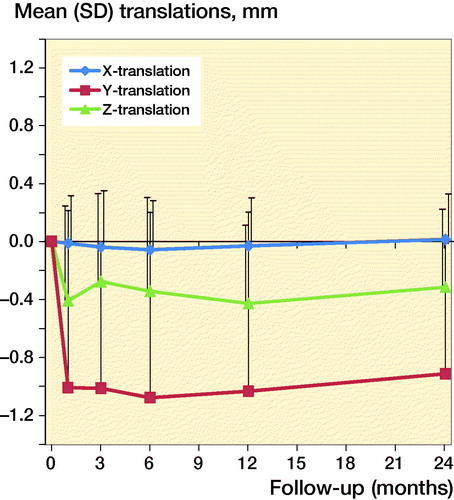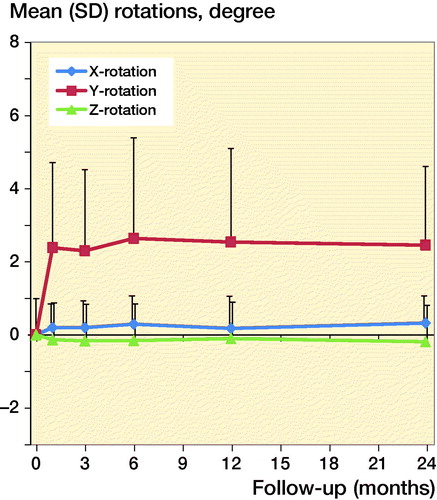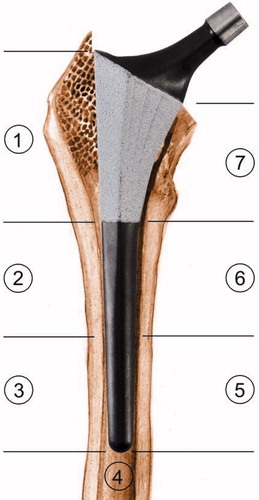Figures & data
Figure 1. Design features of Symax hip stem, illustrating the anatomically anteverted proximal geometry, with the BONIT-HA coating; and the straight distal part with the DOTIZE surface treatment and a posterior chamfer.
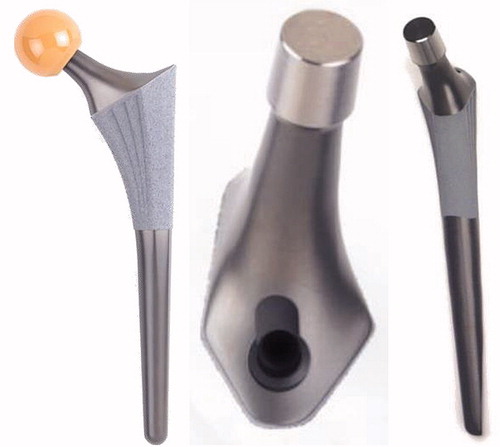
Figure 2. The Elementary Geometrical Shapes (EGS) model used to determine the migration of the Symax hip stem.
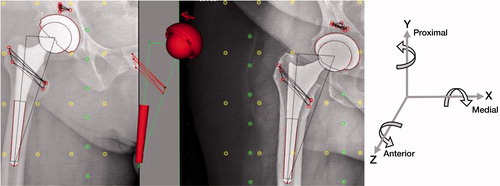
Table 1. Baseline characteristics of included patients
Table 2. Number of patients per follow-up moment
Table 3. Clinical outcomes as mean (CI) HHS, OHS, WOMAC, and EQ-5D over time
Table 4. Spearman’s rho correlation coefficients (CC), with p-values, for correlation between Y-translation and Y-rotation at 4 weeks and clinical outcomes (HHS, OHS, WOMAC, and EQ-5D) after 2 years

